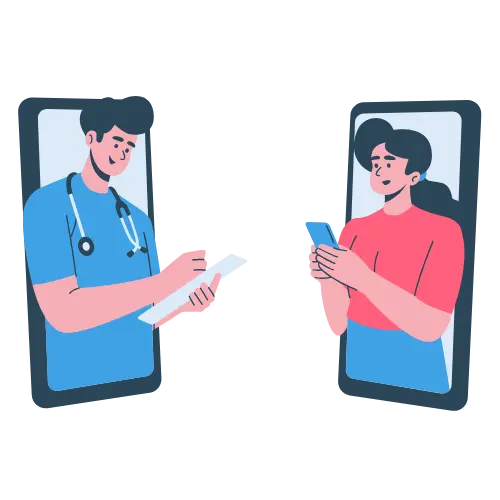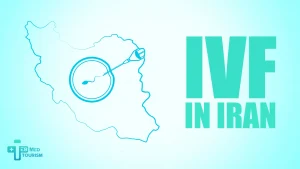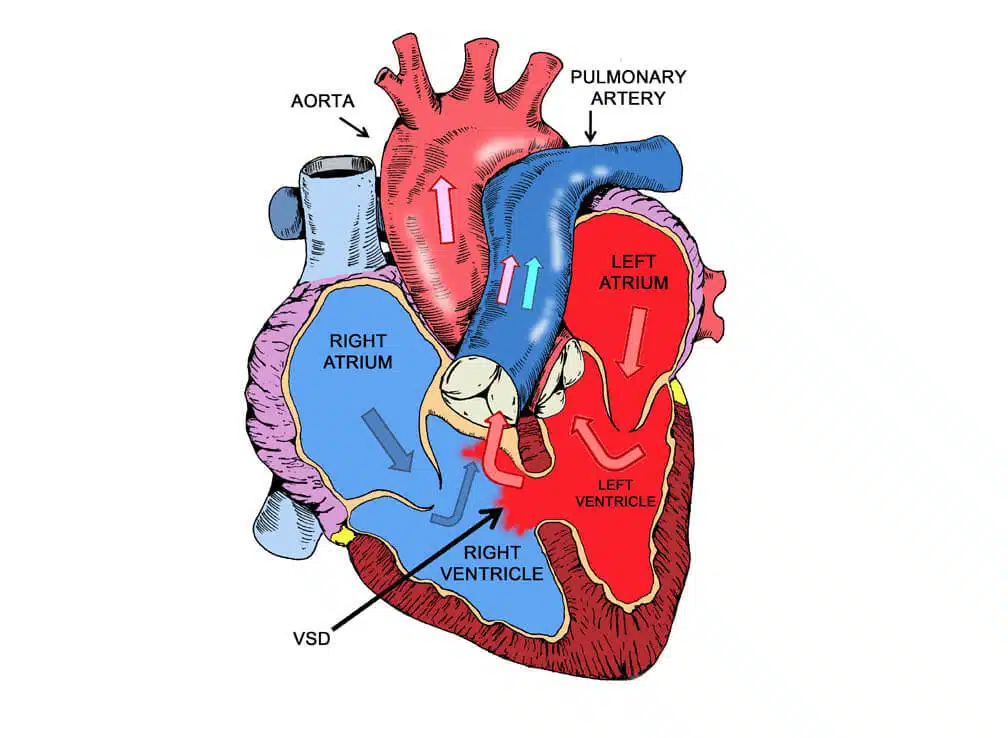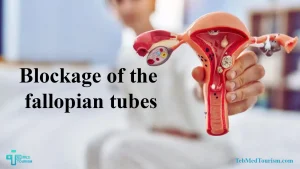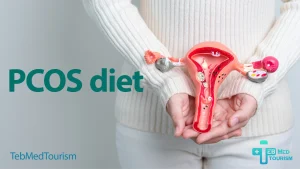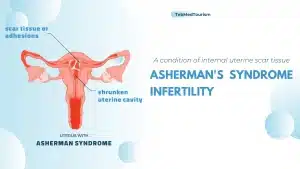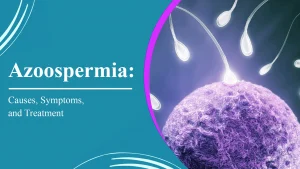Ventricular septal defect (VSD) is the most common congenital heart disease. If VSD is mild, it can be repaired on its own, but for medium- and large size VSDs the surgical repair is done. The surgery can be done with two different methods depending on defects.
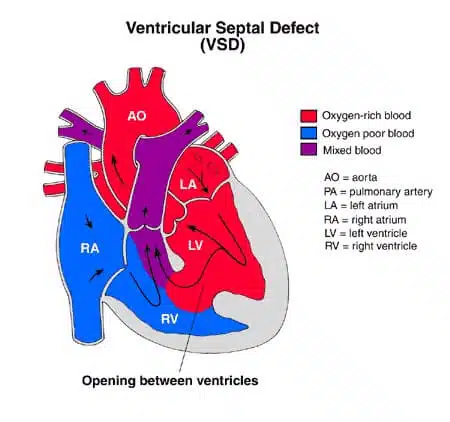
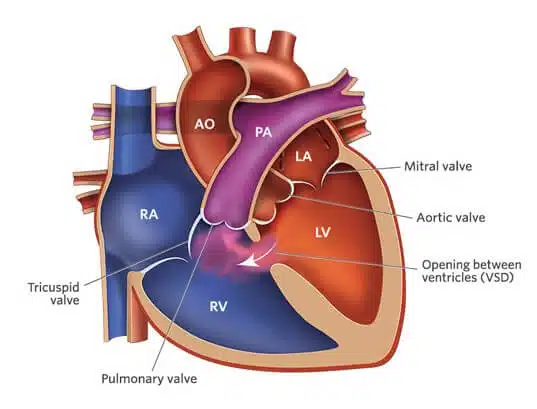
What is VSD?
A ventricular septal defect is a hole between the septum of the heart’s lower chambers (ventricles). The heart septum prevents the mixture of blood between two sides of the heart. But VSD interferes with the normal function of the septum and allows the blood to pass from the left to the right side of the heart. So, oxygen-rich and oxygen-poor blood are mixed, and oxygen-rich blood pumps to the lungs instead of flowing out into the aorta. It also causes extra workload on the right side of the heart.
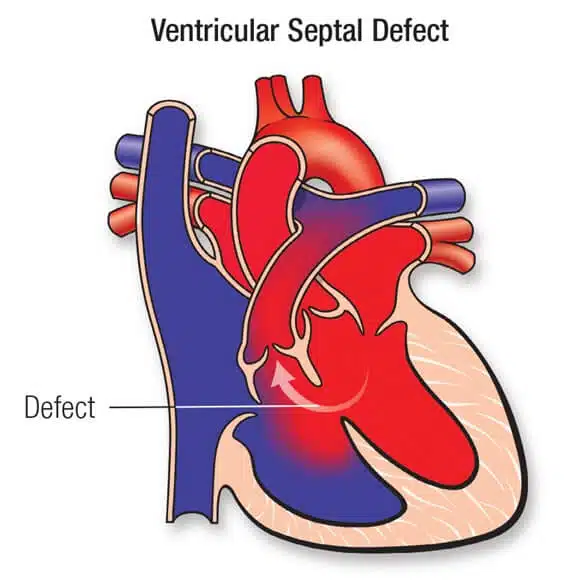
Ventricular septal defect repair
Ventricular septal defect, or VSD can be treated in two different ways depending on the nature of the ventricular septal defect, associated side effects, and the presence or absence of aneurysm. Small VSDs are usually treated without any treatment. They get closed on their own and do not cause any symptoms. However, medium ventricular septal defects (VSDs) are less likely to close on their own, and they may need surgical treatment. Large ventricular septal defects, or VSDs, might lead to symptoms during the patient’s early childhood and infancy. Large VSDs that often cause symptoms are less likely to close on their own, and surgery is usually needed.
Types of ventricular septal defect (VSD) repair procedures
1- VSD repair by cardiac Catheter Procedure
Until 1990, the soul repair method for closing ventricular septal defects was surgery. But, now catheter procedures can be performed to close the ventricular septal hole. A catheter procedure for the ventricular septal defect repair is done under general anesthesia. During the cardiac catheter procedure, a catheter is inserted into a vein in the groin and threaded to the septum. The catheter is a thin, flexible tube that carries a tiny umbrella_ like device. The surgeon uses catheter to move that small mesh device to VSD area.
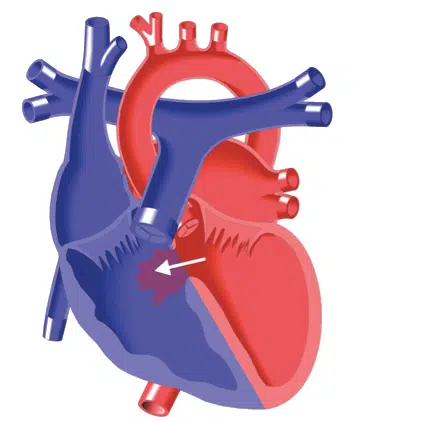
2- VSD repair by Intra-Cardiac Surgery
When medical management does not work and VSD is not closing on its own, patients should undergo surgery. VSD repair by Intra-Cardiac Surgery is done under general anesthesia. VSD is inside the heart, so for doing the procedure, the surgeon should initially drain the heart blood. Thus, he/she uses the cardiopulmonary bypass during the surgery. In this technique, a machine circulates the blood from the heart and lungs. It removes carbon dioxide and supplies oxygen. When the heart is drained, the surgeon safely opens the hole. Then he/she closes the hole by a patch.


